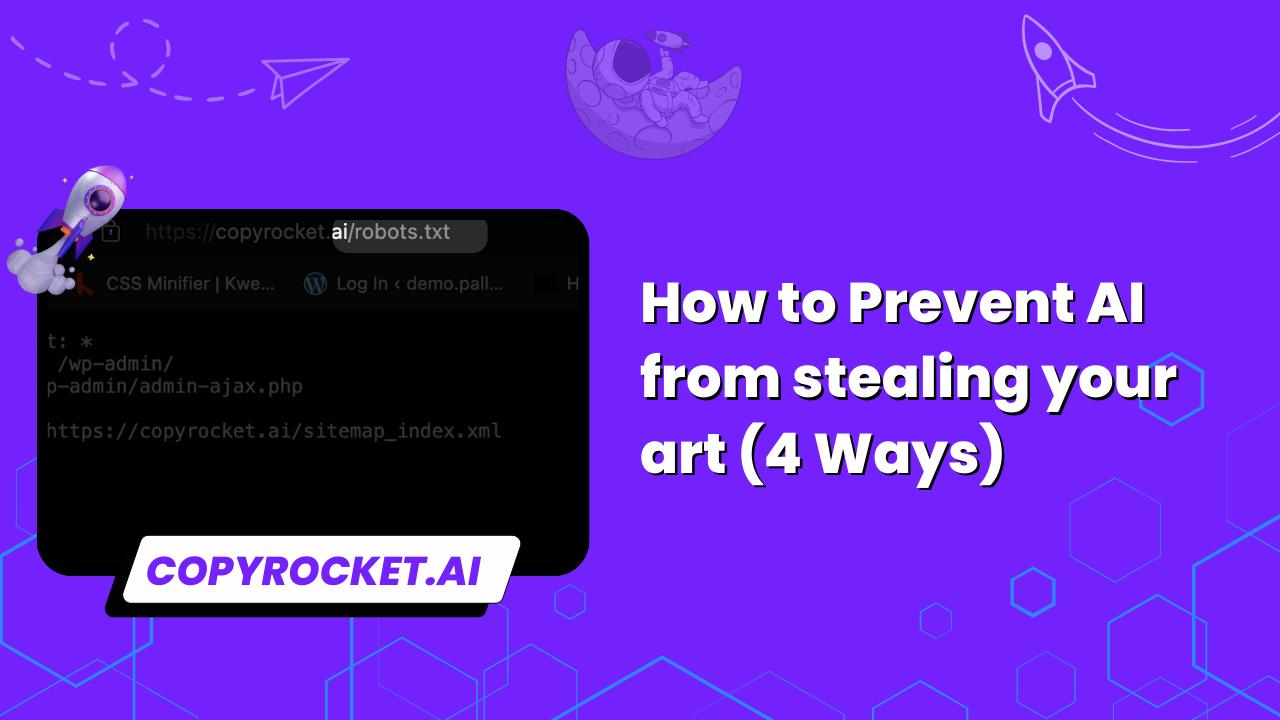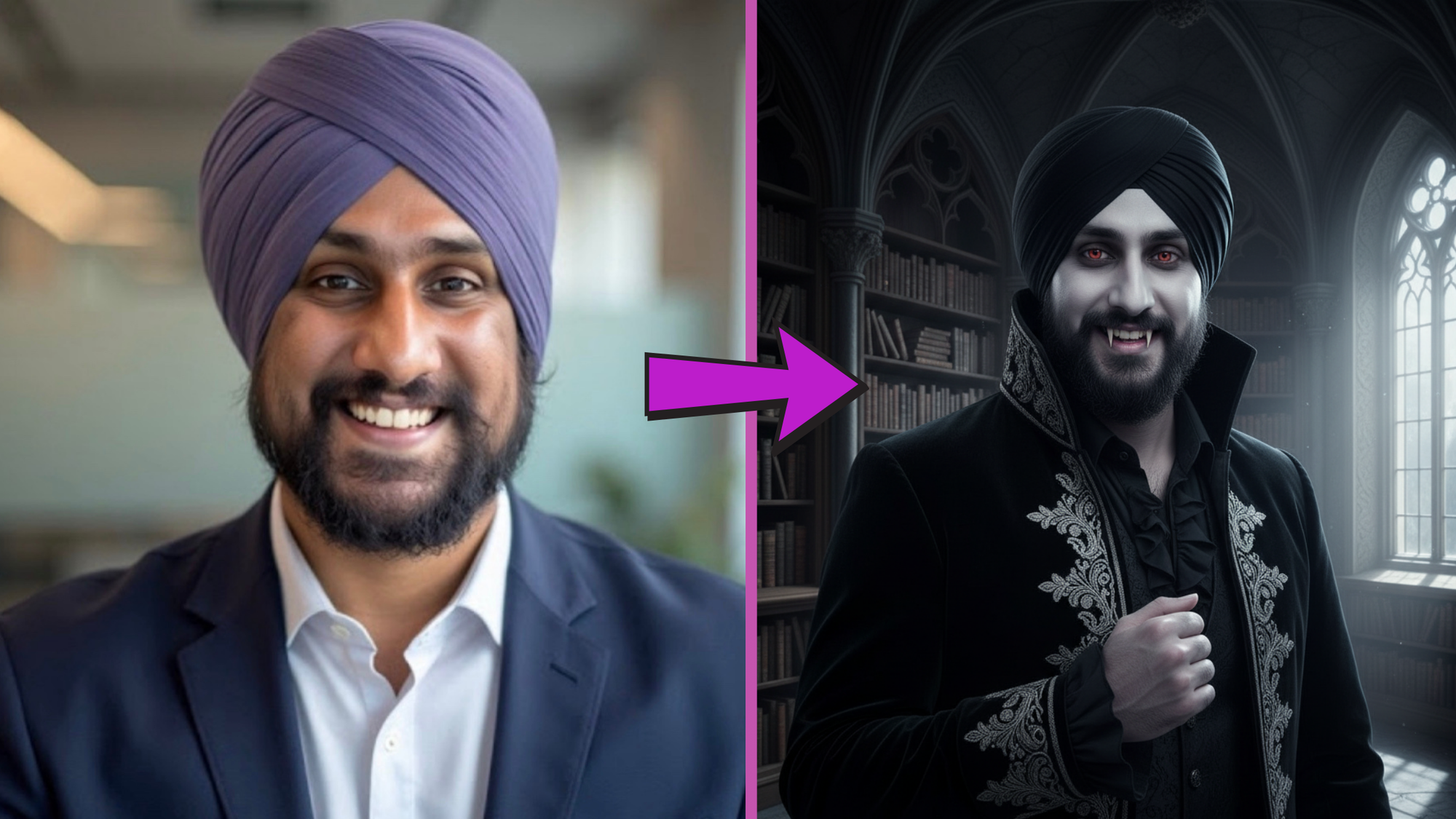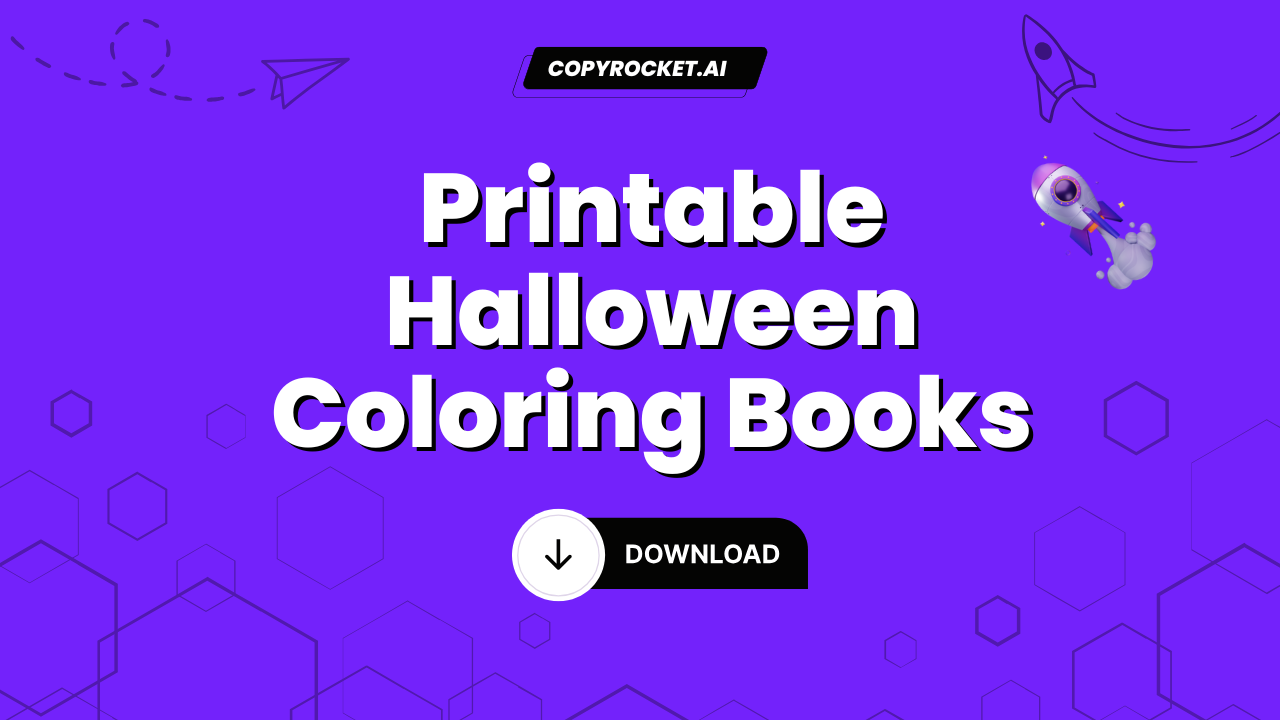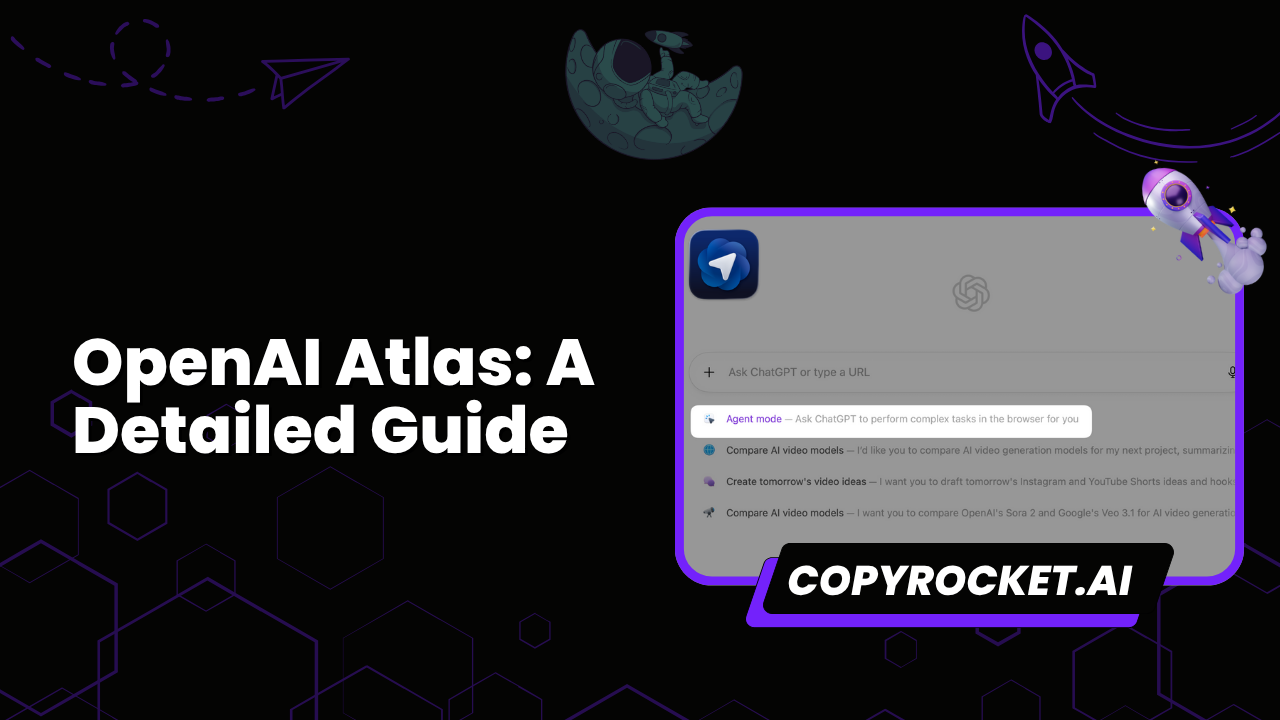As generative AI systems become more advanced, artists face new challenges in protecting their creative work from AI art theft. But fear not, we’re diving into some practical strategies to keep your art safe from unauthorized use.
Whether it’s through blocking AI crawlers, applying strategic watermarks, or utilizing predictive tools, there are several ways to secure your artwork from AI systems.
The world of AI art and AI image generations might seem overwhelming, but with the right approach, you can safeguard your art style and ensure your original art remains in your control. Understanding AI developers and AI training datasets is key in navigating these changes.
By taking proactive steps now, human artists can continue to thrive amidst AI mimicry and generative art tools, and protect their intellectual property from potential copyright infringement.
Let’s explore how you, as an artist, can maintain your artistic integrity in a world increasingly influenced by AI image generators and generative AI.
Checkout our Free AI Tool;
- Free AI Image Generator
- Free AI Text Generator
- Free AI Chat Bot
- Free AI Insult Generator
- Free AI Speech Generator
- 10,000+ ChatGPT, Cluade, Meta AI, Gemini Prompts
Ways to Prevent AI From Stealing Your Art
Following are some working ways to prevent any AI from stealing your art;
Block AI crawlers to Access your Art
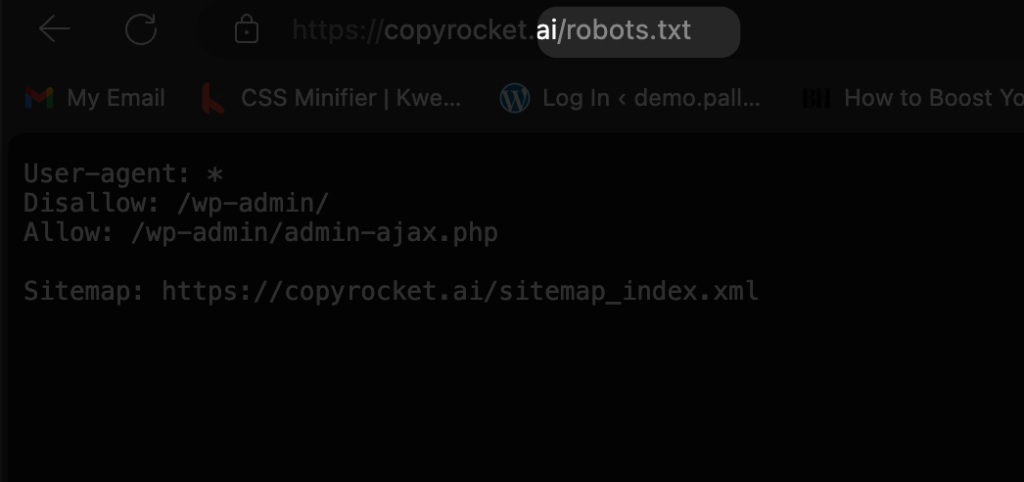
It’s crucial to fend off AI crawlers that may lead to unauthorized use of your digital art by lurking around the internet. Here’s a handy approach to protect your creative work from AI systems and generative AI theft.
AI Crawlers to Consider Blocking:
- DALL-E-Bot: Originally designed for language models but can be adapted for AI art generation.
- Bingbot: Often involved in indexing images which may be processed by AI image generators.
Include in Your robots.txt File:
To effectively block these AI crawlers from accessing your website, you’ll need to update your `robots.txt` file. Here is a snippet of code to do just that:
User-agent: DALL-E-Bot
Disallow: /
User-agent: Bingbot
Disallow: /Instructions to Update Your robots.txt:
- Navigate to the root directory of your website using a file manager or FTP client.
- Look for a file named `robots.txt`. If one doesn’t exist, you can create it using a simple text editor.
- Copy and paste the code snippet above into the `robots.txt` file.
- Save the changes and ensure the file is in the root directory of your website.
- Test the file through Google’s robots.txt tester to ensure it’s working effectively.
By proactively managing which AI tools can access your website, you help protect your artwork from the ever-evolving world of AI generated content.
Now you have blocked AI crawlers, it’s time to use predictive tools to further safeguard your arts as below.
Use Predictive Tools
In the dynamic world of digital art and AI, it’s important to stay one step ahead by utilizing predictive tools specifically designed to shield your artwork from AI interference. Developed by researchers at the University of Chicago, these innovative tools provide artists with powerful defenses against unauthorized AI art generation and mimicry.
Understand the Technology:
Begin by familiarizing yourself with the two primary tools: Glaze and Nightshade. Glaze works by applying subtle, pixel-level changes to images that can bewilder AI models without altering the appearance for human viewers. Meanwhile, Nightshade can “poison” AI algorithms that attempt to train on protected art, leading them to generate nonsense.
Download and Install:
Visit the official website or platform offering these tools and download the appropriate software version for your operating system. Follow the installation instructions provided to ensure these tools are set up correctly on your device.
Cloak Your Artwork with Glaze:
- Open the Glaze application.
- Upload your digital art files that you want to protect.
- Enable the cloaking feature, which applies those imperceptible changes to your images.
- Save the cloaked images, ready to be shared online without risking AI theft.
Deploy Nightshade:
- Activate Nightshade to work on AI models by incorporating it into your usual workflow.
- Use Nightshade to detect any AI that attempts to train on your images. When necessary, apply the “poisoning” feature to disrupt the AI training process.
Regularly Update:
Keep both Glaze and Nightshade updated to ensure they possess the latest defenses against evolving AI technology and theft tactics used by AI image generators.
By integrating these predictive tools into your creative process, you not only protect your original art and artistic style from unauthorized AI system use but also contribute to reshaping the ongoing narrative in the art world regarding intellectual property and copyright law.
I personally thing, this is enough, but further protecting your art from AI crawlers, you can also add digital signature which is blueprint to your images to track if someone accessed or not.
Add Digital Signature
Incorporating a digital signature into your artwork is a wise move to protect your creative work from AI art theft. By embedding either visible or invisible watermarks, artists can establish ownership and deter unauthorized use of their images. Here are some benefits of utilizing digital signatures:
- Establish Ownership: Adding a digital signature or watermark ensures your original art is easily recognizable, both for other artists and AI systems that might attempt to use or replicate it.
- Deter Unauthorized Use: The presence of a watermark or digital signature often discourages theft, as it marks the artwork clearly as the artist’s own, which AI image generators might otherwise overlook.
- Legal Protection: In cases where your art is unfairly used, a digital signature can serve as evidence of ownership, reinforcing your claim in any copyright law disputes regarding AI-generated art.
- Preserve Artistic Style: A signature adds a layer of human touch to digital art that many AI algorithms struggle to mimic convincingly, thus maintaining the integrity of your artistic style.
- Adapt to AI Advances: As AI technology evolves, maintaining a consistent method of signing your artwork helps you stay ahead of AI art generators adapting to circumvent such protective measures.
By using digital signatures or watermarks, artists develop a strong line of defense in safeguarding their original art against the rising challenge of generative AI systems and unauthorized AI-generated content.
There’s a limitation of AI crawlers in that they can’t read lower resolution quality data, for example, images, videos, etc, therefore, sharing it in low resolution will trick these crawlers to skip your art which is further explained below.
Share Your Art in Worst or Lossless Quality
When it comes to protecting your creative work from AI art theft, sharing your art strategically is crucial. Here’s how you can shield your artwork from generative AI systems and unauthorized use:
- Only Share Lower-Resolution or Partial Versions: By posting artwork in smaller sizes or cropping partial pieces, you can limit the quality available for AI models to analyze and mimic, thereby safeguarding the integrity of your original art from AI image generators. This approach ensures your full artistic style is not easily replicated by AI tools.
- Be Mindful of Platform Terms of Service and Privacy Settings: Always review the terms of service and adjust privacy settings on social media and other platforms before sharing your digital art. This vigilance prevents your work from being included in AI training datasets without your consent, reducing the risk of AI-generated art theft.
- Consider Using Artist-Friendly Platforms: Opt for platforms specifically designed to support and protect artists’ work from AI scraping. Services like Kin.Art have features that restrict access from AI developers and help maintain the privacy of your images, thwarting AI model attempts to generate art unauthorizedly.
Utilizing these strategies not only helps in how to prevent AI from stealing your art but also emphasizes the importance of creative work protection in the age of AI technologies. By taking these steps, human artists can confidently share their creations while defending their intellectual property from generative AI and AI image generation threats.
Final Thoughts!
In summary, protecting your art from AI theft goes beyond traditional methods of copyright protection.
By embracing innovative tools like Glaze and Nightshade, incorporating digital signatures, and strategically sharing your work, you can significantly secure your creations from unauthorized use by AI systems.
These proactive measures enable you to maintain control over your unique artistic style and ensure that your creative identity remains distinct and respected in this rapidly evolving digital landscape.
As AI technology continues to advance, it’s crucial for artists to stay informed and adaptive, safeguarding their art without compromising on their creative expression. Empower yourself with these strategies to forge a path where human art and AI advancements can coexist with respect and integrity.


